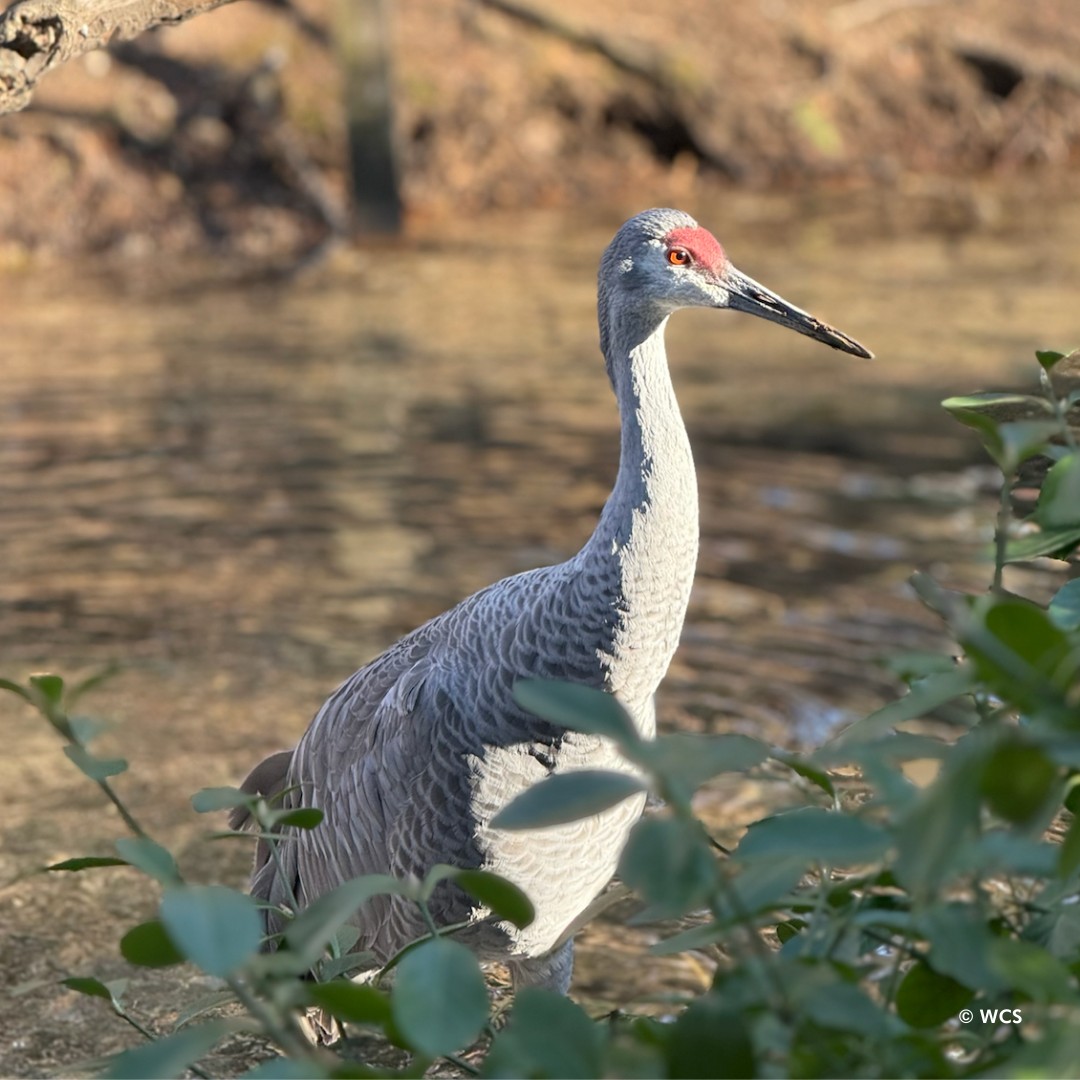- The fascinating biology and behavior characteristics of the sandhill crane, emphasizing their large wingspan and distinct trumpet call.
- The significant commitment to wildlife care and preservation demonstrated by the Queens Zoo Aviary, as showcased by their management of a special female sandhill crane.
- The importance of conservation efforts for sandhill cranes and their habitats, along with the challenges they face in the wild, including habitat destruction and climate change impacts.
- An examination of the role of zoos in conservation and education, with a focus on how exhibits like the one at Queens Zoo raise public awareness and foster a connection with wildlife.
- An exploration of the specific life story of the sandhill crane at Queens Zoo, its adaptation to captivity, and its contribution to educational programs.
Sandhill cranes are a remarkable species expressive of both visual and auditory uniqueness. These large, long-necked birds command attention with their impressive wingspan that stretches over six feet. Their resonant trumpet call is not just loud but also evocative of prehistoric times, capturing imaginations and stirring curiosity. These cranes thrive in North American marshes and grasslands, using their significant size and powerful calls as key adaptations for survival in their natural habitats.
The Queens Zoo Aviary, since 1992, has been home to a very special female sandhill crane, embodying the zoo’s strong commitment to wildlife care. By providing a supportive and stimulating environment, the zoo exemplifies dedicated conservation practices. Zoos like Queens Zoo function as lifelines for such species, offering a sanctuary where wildlife can thrive, especially those like the sandhill crane that face various threats in the wild.
Conservation efforts are crucial for sandhill cranes as they encounter numerous environmental challenges. Habitat destruction due to agricultural expansion and urban development is a significant threat to their ecosystems. Additionally, climate change poses risks, altering the wetlands and grasslands these cranes depend on. Conservation programs emphasize protecting these vital habitats and promoting biodiversity. Zoos can play an educational role by showcasing the importance of these species and the ecosystems they inhabit to visitors, raising public consciousness and fostering stewardship.
The role of zoos in conservation is multi-faceted, combining education with tangible conservation outcomes. Facilities such as the Queens Zoo use their platforms to educate the public about the ecology of sandhill cranes and the broader environmental context. Through interactive exhibits and informative programs, zoos help bridge the gap between the public and the often-remote natural habitats of these birds. This connection is crucial in building a deeper appreciation for and commitment to preserving wildlife.
Our focus on the female sandhill crane in the Queens Zoo offers a look into the life of a bird that has adapted to captivity over decades. Her life story demonstrates resilience and adaptability, important traits for understanding both captive and wild bird populations. This crane has played a critical part in the zoo’s educational initiatives, helping visitors understand the sandhill crane’s significance, challenges, and the work required to maintain such species’ survival.
Beyond her life in the aviary, this crane has become a symbol of successful conservation collaboration and the positive impact of well-managed zoos. Programs at the Queens Zoo engage visitors in conversations about conservation, aiming to instill a sense of responsibility and enthusiasm for avian conservation. This crane’s presence invites reflection on the broader relationship between humans and nature, urging consideration of conservation’s intricate role in maintaining biodiversity.
Sandhill cranes serve as ambassadors for their species, channeling efforts toward awareness, education, and conservation. The Queens Zoo has demonstrated this with their care of the sandhill crane, marrying daily management practices with broader environmental preservation goals. Through their efforts, they not only safeguard one bird’s well-being but also inspire action and knowledge within their community, advocating for a harmonious coexistence with our natural world.
In summary, the sandhill crane remains an emblem of the delicate balance of ecosystems. The female sandhill crane at the Queens Zoo is a testament to the zoological community’s dedication to conserving and educating about these majestic creatures. Through coordinated conservation efforts, environmental stewardship, and public engagement, the legacy of this special sandhill crane continues to unfold, offering insights into wildlife’s enduring presence in our shared spaces.
*****
Source Description
Meet this very special female sandhill crane who has lived in the Queens Zoo Aviary since 1992! Sandhill cranes are large, long-necked birds with a wingspan over six feet and a loud trumpet call that some describe as prehistoric. They live in marshes and grasslands throughout much of North America.
📸: Keeper Nicole


